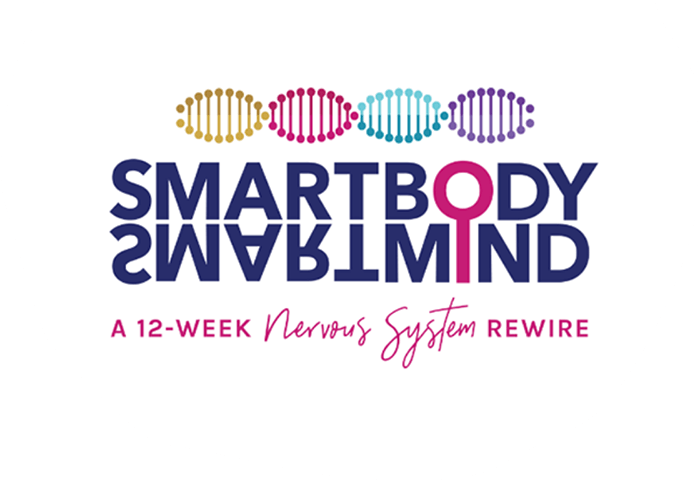The best thing we can do with grief is invite it in and essentially, get out of the way.
Grief is like a wave that moves through the body, and most people have a habit of constricting around it, so they associate grief with tightness in the chest, throat, eyes, forehead, but that tightness is actually the body trying to manage the grief, not the grief itself. When the system is open, grief is actually a powerful, expansive experience – it flows through like a wave and out the eyes as tears, so if we are having trouble letting grief move, we often want to focus on softening the throat, mouth, eyes, and forehead – this is what I mean by getting out of the way.
Staying connected to the physicality of grief is very important – the wave moving through the body, the sobs that may want to happen and how the diaphragm is involved with that, the wetness of tears on the face, the sounds that may want to emerge. Staying connected to somatic experience of grief, and NOT the image or story of what the grief is about, is very important in letting it move through. Otherwise we can get caught in a loop where we start to feel sad, and then go into the mind and think about it, and feel more sad, and think about it more, etc… which never lets us get to that primal, powerful expression of grief.
